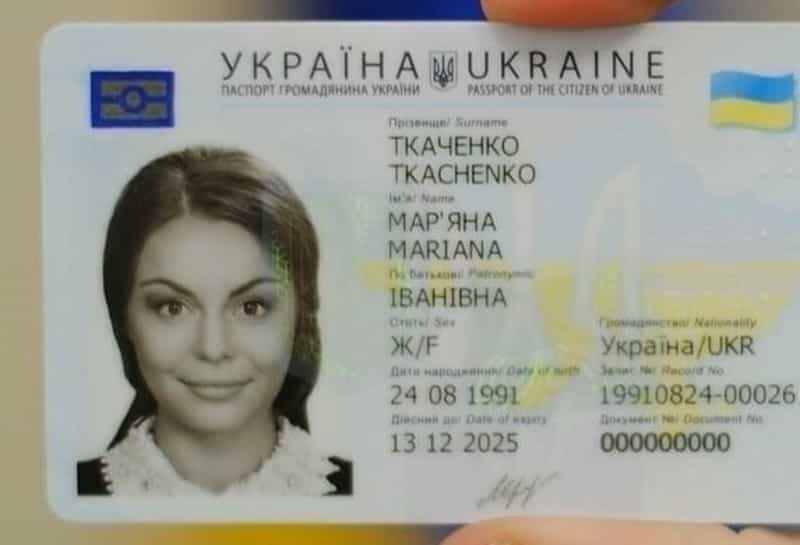It’s an exciting moment to turn eighteen. A lot is going on, from finally being allowed to vote to going out for a pint with pals. People under 18 are frequently just as enthusiastic about drinking an alcoholic beverage. It can lead to the purchase of a fake ID in some situations.
Borrowed, Fake, and Altered ID are the three most common kinds of ID fraud. ID fraud has altered as a result of modern and upgraded security features. Borrowed IDs are by far the most prevalent kind of identity theft, followed by Fake IDs and, less frequently, Altered IDs. Here are a few methods for spotting issues.
Borrowed IDs
Borrowed identification is currently the most frequent kind of identity theft. A borrowed ID is the source of 95 percent of all ID fraud. Minors obtain borrowed IDs from various sources, including an older sibling’s ID, an older friend’s ID, or a stranger’s ID obtained through their friends and friend networks.
Here are a few techniques for recognizing the borrowed ID:
- Compare the ID photo to the person standing in front of you and inquire about inconsistencies (the cardholder counts on the fact that a store clerk will be too busy to inspect the ID closely).
- Examine and contrast other physical characteristics such as height and weight.
- Look for “DUPL” stamps or other indicators of duplicate cards.
- Keep an eye out for cards that have already expired.
- Ask questions.
- Look for signs of deceit.
Fake IDs
Fake ID makers are employing new technology to develop very “genuine” appearing fakes to stay up with the contemporary security advancements of actual IDs. The internet has become a plastic mater to get these identification cards. A visual and physical study of the ID in issue, as well as familiarity with what a genuine ID in your community looks like, are the most excellent ways to recognize fakes.
Physical inspection of the ID.
- Examine the stiffness of the card. A fake ID will usually be heavier or thicker than a legitimate ID. Squeeze the ID card gently to see whether it feels okay.
- Examine the edges of the card. Almost all identification cards have rounded corners all the way around. The card likely has a fake front if the edges feel square.
- Examine and feel the ID’s front and back. Examine the surface for lumps, ridges, and abnormalities.
- Examine the IDs’ corners. The corners of a valid ID cannot be separated or pulled back. If you can peel back or separate the edges of the ID with your fingernail, it’s probably a fake.
Visual inspection of the ID.
- Look for any recognized security elements that should be present on legitimate IDs and an overall visual evaluation of the overall design, typefaces, and color patterns.
- Remember to look at the back of the ID as well. Fake ID makers spend a lot of work replicating the front of the ID but less effort into replicating the rear.
Altered IDs
Modern IDs are far more difficult to forge than previous generations. Changing an ID’s photo, for example, is exceedingly difficult due to advancements in ID printing technologies and the usage of specific plastic material, which is seldom found on newer kinds of ID. Changing the date of birth, “Under 18 Until,” or “Under 21 Until” dates is the current ID alteration fad.
Using transparent fingernail polish or superglue and writing or printing new dates on top of the polish or glue is the most prevalent method of altering IDs. Look for the following signs of altered IDs:
- Examine the area around the date of birth or the “Under Until” dates for little raised or sparkly areas.
- Examine the font and colors for any changes.
How to Spot a Fake ID?
You have a vested interest in recognizing fake ID cards if you run a bar, tavern, or other establishments that sell and buy alcohol. Even if kids show fraudulent IDs, you may face legal repercussions if you serve them. Fortunately, there are methods for detecting counterfeit cards.
Check for Foils and Holograms
Most ID cards now include foil or holograms as a security safeguard, regardless of where you live. Ensure these characteristics are visible and that holograms fade in and out when the card is turned. If a hologram is glowing all of the time, the card is most likely fake.
Scan the ID
Fake ID card makers have gotten reasonably skilled, but they rarely have the funds to encode a magnet strip. You can instantly discover if a card is valid or not by scanning it with an ID scanner. When you scan an ID into a networked ID Scanner, it runs several validity tests and even records the ID data to your system, making it easy to recognize a fake.
Many systems also allow security officials or bartenders questions to ask the presenter of the ID, such as their zodiac sign if they suspect a fake.
Examine More Than the Birth Date
As previously said, some people use legitimate ID cards that aren’t theirs, so check the photo against the cardholder. Using a fake American ID is not a minor offense; it is a major one. It’s ideal for children to wait until they’re 18 to drink, and bar owners should make sure they’re protected by capturing phony IDs as soon as they see them.
While rules differ depending on where you reside in the United States, bartenders or door staff are frequently the first to call the cops if an ID looks to be forged. It is then their responsibility to give the card over to the police so that an investigation may be conducted properly.
A formal citation may also be given. You might face criminal charges if police officers wish to pursue the situation further, which is more probable if you’ve been caught previously.


